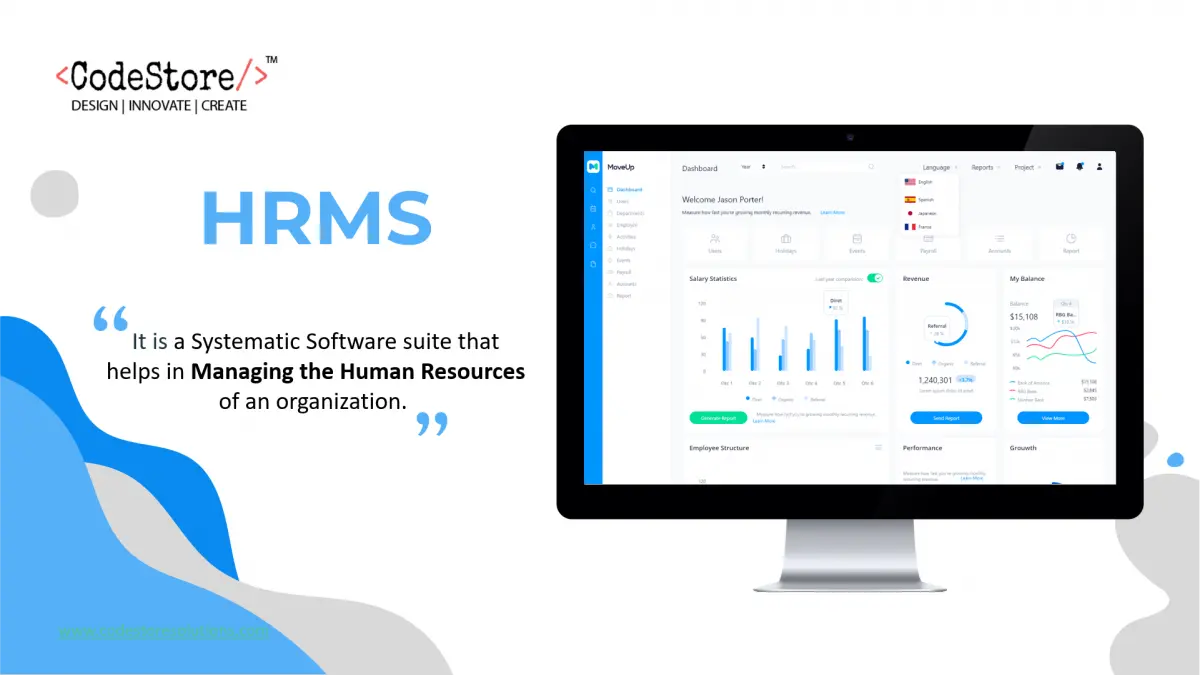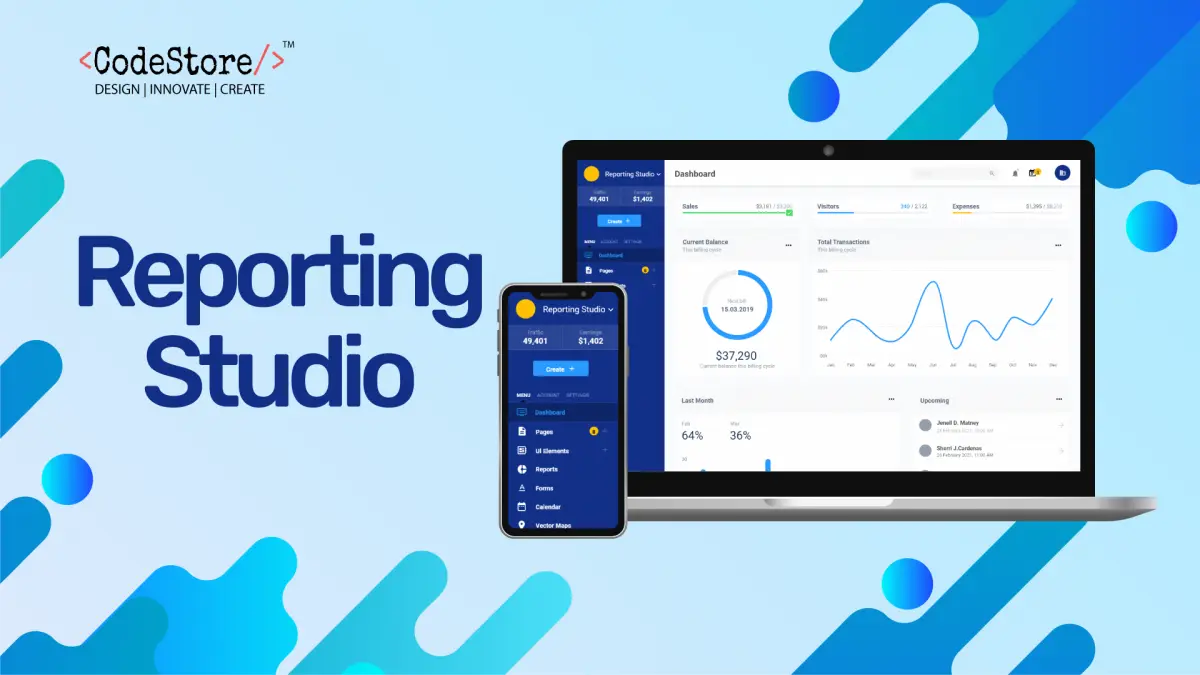By analyzing raw data to find trends and answer questions, the definition of data analytics captures its field range. However, it includes many strategies with many goals.
The data analysis process has some components that can help many efforts. By combining these components, a successful data analytics step will give you a clear picture of where you are, where you have been, and where you should go.
Usually, this process starts with descriptive statistics. This is defining historical styles in data. Descriptive statistics aim to answer the question “what’s going on?” This usually involves measuring traditional indicators such as return on investment (ROI). The indicators used will vary from industry to industry. Descriptive statistics do not make predictions or inform decisions directly and it focuses on summarizing data in a logical and descriptive way.
The next important part of data analysis is advanced analysis. This piece of data science uses advanced tools to extract data, make predictions, and detect trends. These tools include classic math and machine learning. Machine learning technologies such as neural networks, natural language processing, emotional analysis, and more enable advanced statistics. This information provides new insights from the data. Advanced mathematical addresses “what if?” questions.
Machine learning techniques, extensive data sets, and cheap computer-enabled power enabled the use of these methods in many industries. Moreover, the collection of large data sets helps to empower these strategies. Big data analytics enables businesses to reach sound conclusions from complex and diverse data sources, made possible by the development of uniform processing and cheap computational power.



